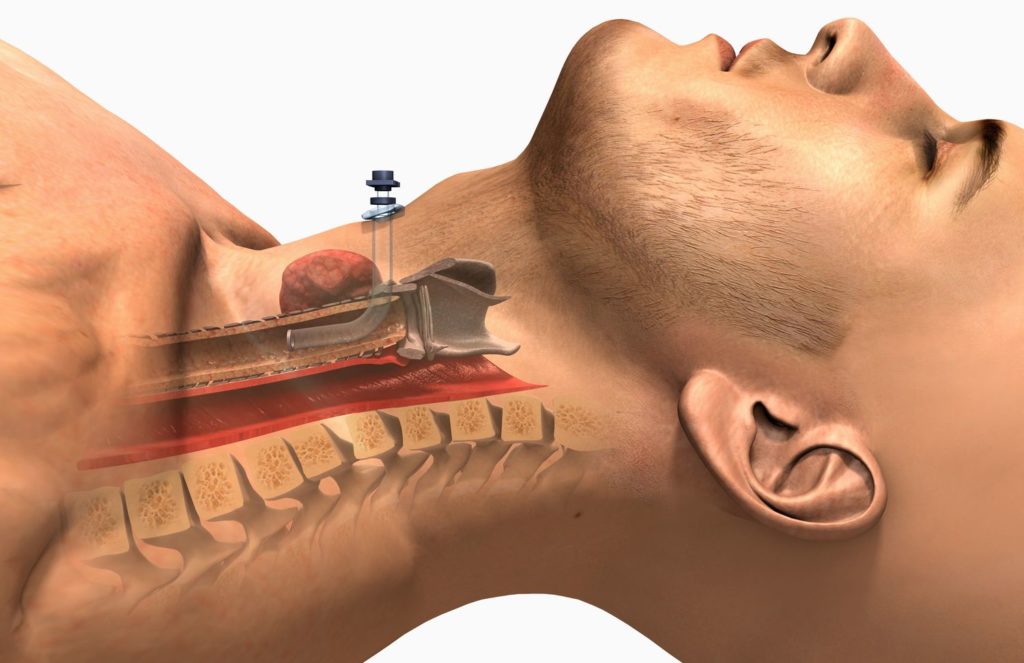
A Brief Guide To Understand Open Surgical Tracheostomy
A tracheostomy or a tracheotomy is a surgical opening created from the neck to the trachea to ensure oxygen is delivered to the lungs properly. After creating a tracheostomy, surgeons insert a tube through it to clear the airway, as well as remove lung secretion.
This procedure is one of the oldest surgical procedures. However, to learn about the latest updates concerning the procedure, you can always access online e-learning platforms like Webop.com. It is a platform created by surgeons for surgeons. It helps you in remaining up to date with the latest medical advancements and discoveries. Besides, you can access surgical videos and data anytime from anywhere.
Why is a tracheostomy performed?
The operation is usually performed with the patient is unable to breathe normally as a result of some accident or medical condition. Also, the surgery is performed if the patient can’t breathe because of a blockage in the throat. This can be because of a swelling, tumor, or because something is stuck in the throat.
The procedure is considered safe when performed by a qualified and experienced surgeon. However, it is even associated with mortality when not performed systematically in a medical facility.
Preoperative stage
It is crucial to obtain adequate consent, and the pre-operative checklist needs to be checked. This will include reviewing the investigation and knowing the available tracheostomy tubes. It is crucial to explain to the patient the reason behind the decision to perform the surgery. Also, it has to be conveyed that they will find it difficult to communicate for a long time because of lack of vocalization.
It is ideal to discuss the possible complications in advance. After all, in some cases, a tracheostomy may become a permanent solution.
Operation
The patient needs to be placed in a supine position. The neck must be fully extended if needed shoulder roll should be placed under the upper back area to stabilize the head ring. Shoulders should remain at a symmetrical level ensuring the midline neck structure is not skewed to any one side. The local antiseptic solution must be applied and sterile conditions should be maintained during the procedure.
Next, the skin incision is appropriately placed dissecting through fascia and separation of strap muscles. The surgeon must then identify the trachea and deal with the thyroid. The ideal site for tracheotomy should be identified while continuously communicating with the anesthetist and nurse.
Once the tracheostomy is created, the fitting tracheostomy tube should be re-checked and inserted. The tracheostomy tube should be secured well.
Certain early complications may arise during the procedure, and the surgeon must have appropriate knowledge and enough experience to deal with and avoid the same.
Once the procedure is complete, the first thing to check is the presence of any bleeding around the tracheostomy site. Next, the site is even checked for any audible air leak.
Well, there you go. While there are many other things to understand and keep in mind concerning the procedure, the fundamentals are covered here. For more details, it is best to check the content and videos present on online e-learning platforms. This content is usually referred by multiple visitors, and thus is considered reliable.
